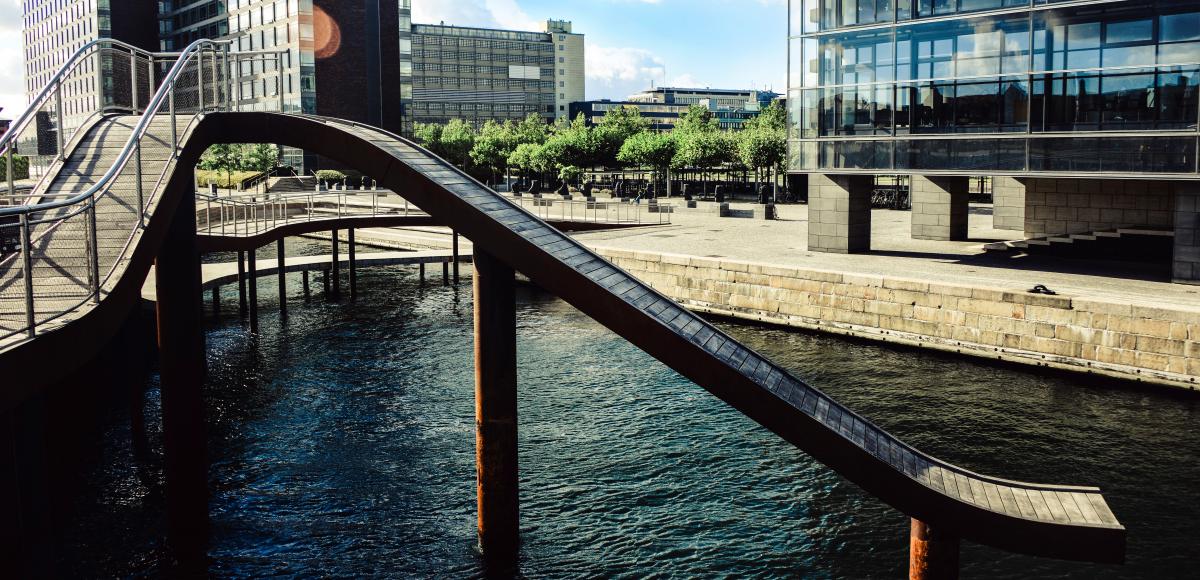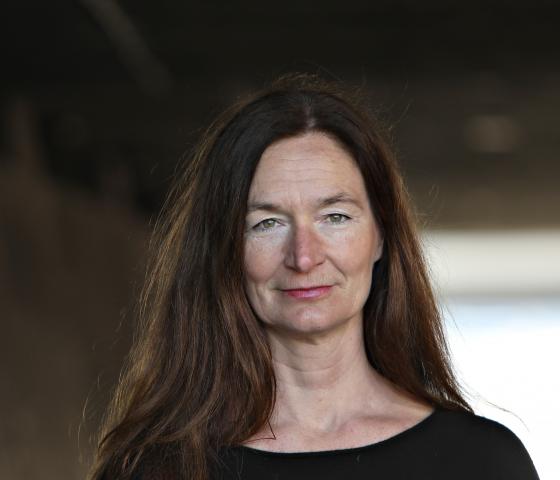
An interview with Anne Beate Hovind: "Soil literacy makes us future-literate"
As part of our recently launched book Predicting the Unpredictable – a Nordic Approach to Shaping Future Cities, written by Jonas Gustavsson, President and CEO and Helena Paulsson, Head of Urban Development, we conducted a number of interviews with experts relevant to the book’s subject.

This is an excerpt from the book "Predicting the Unpredictable - a Nordic Approach to Shaping Future Cities".

Anne Beate Hovind is a Norwegian urban developer who commissions and produces art in public spaces. She is the curator of the world renowned Future Library in Oslo. Anne Beate Hovind began her career in urban planning. She built a hospital and for many years she worked on improving the passenger experience at Oslo Airport. She gradually spent more time working with public art and how it can transform the urban experience. Eight years ago, Hovind, as the project director of art in Bjørvika Utvikling – an organisation responsible for building all public space construction in the Oslo neighbourhood of Bjørvika – commissioned the Scottish artist Katie Paterson to develop an art work in one of Bjørvikas new public spaces. Paterson proposed the Future Library, an art project that challenges our concept of time. One thousand trees were planted in Nordmarka, outside of Oslo. Each year, an author is invited to write a text. When one hundred years have passed, the trees will be felled to make paper on which to print these texts. Until then, no one may read them.
“I consider myself multilingual. I am used to working in different environments. I enjoy working with explorative processes, trying to explore and identify something new," says Anne Beate Hovind.
The first author to sign up for the Future Library was Margaret Atwood. She understood immediately. Her text is complete and will be sealed in the library in Bjørvika, Olso until 2114. The room is built from the trees harvested to make way for the newly planted forest.
But if it can’t be published for another 95 years, you will never be able to read it.
No, that’s what’s so inspiring. The project is dependent on others taking over after my death. It is built on intergenerational trust. We must think along these lines more, to create something that is not for ourselves. Starting processes that will not be completed until long after we are gone. Stephen Hawking called this ‘cathedral thinking’, building something for the future that doesn’t benefit the person who started the process. Even if it takes a long time to build – several generations – you have to begin sometime. Cathedral thinking connects us across the generations. One important element is trust. We must trust one another. It is clear that this touches people.
What kind of cathedrals does the city of the future need?
Natural cathedrals, not lawns. We need meadows, earth and topsoil; natural places in which biological diversity has a future. I am afraid that we have lost contact with our immaterial cultural heritage. We must give our children experience-based knowledge of the earth, soils, food and animals. Soil literacy makes us future-literate.
To a great extent, this is all about people’s relationship to nature. Can we learn something from this when building cities?
Absolutely. I believe that we need to understand the relationship between land and water in the city, the blue commons. Forty per cent of all people live beside a waterway but most of us are not out on the water. We have built straight onto the water without considering how this affects aquatic life. The young must learn how
everything is interconnected. How we can repair the oceans to save life on land. Margaret Atwood understood this: ‘Kill the oceans and you die, the rest is details’. I usually say to colleagues in the building industry: if I were to conduct a risk analysis of my projects, nothing would ever get done. If you conduct standard risk assessment on creative processes, you will be too quick to close the door on all new ideas. I want to keep as many doors open as possible for as long as possible. We have to have the courage to take more risks.
What is your view of technological advancement?
I certainly have nothing against technology, quite the contrary. I love technology! I was one of the first in Norway to buy an electric car. But the technology is there to fulfil our desires. We mustn’t allow it to get the upper hand.
Future Library is in some ways quite the opposite of exponential technological advancement. It is analogue, physical and extremely slow moving. The most important thing is to change the way we think about time. Instead of thinking of the present as what’s happening right now, we should expand it to cover the time a person can
look back on and forward to. We would then make different decisions, not least concerning urban development.
